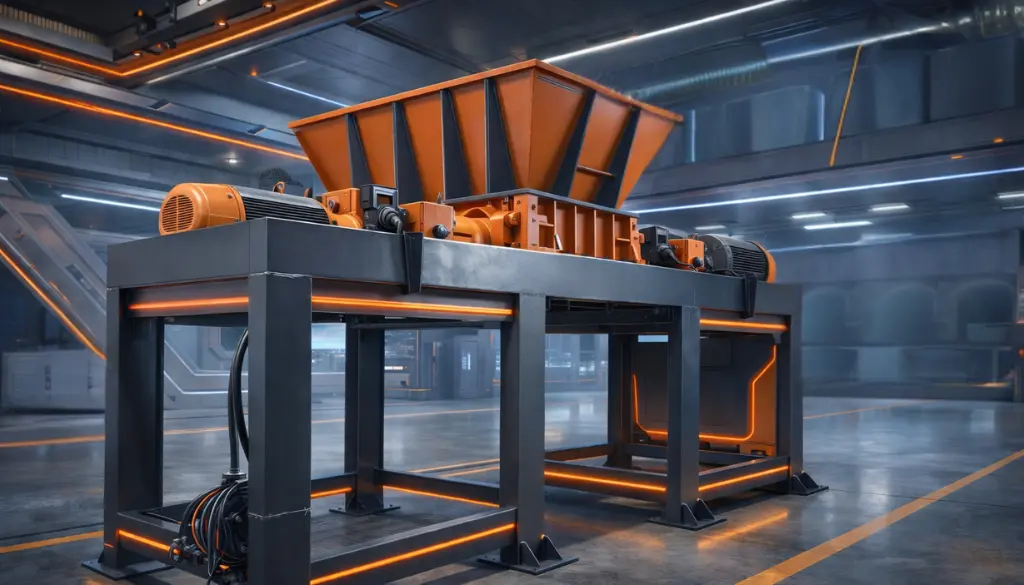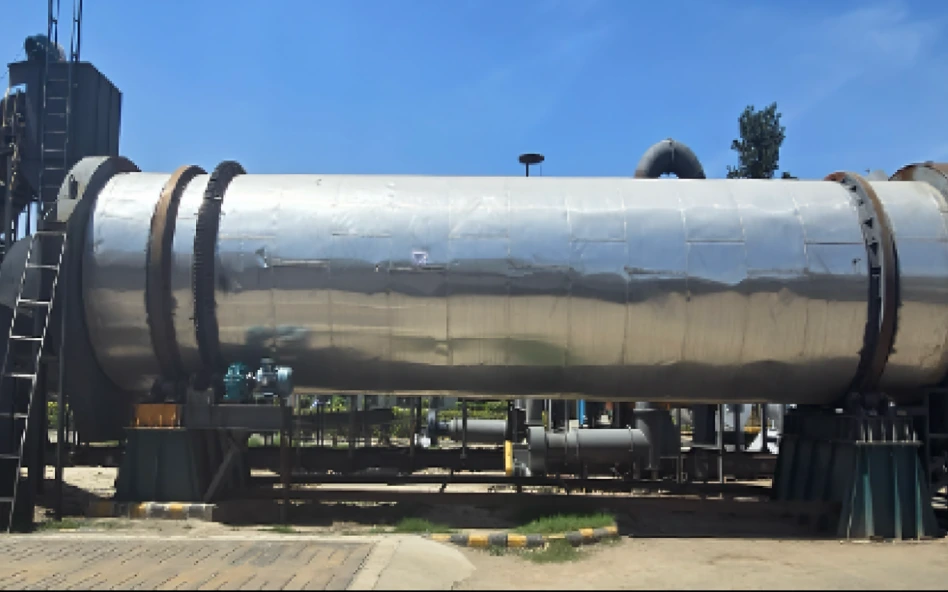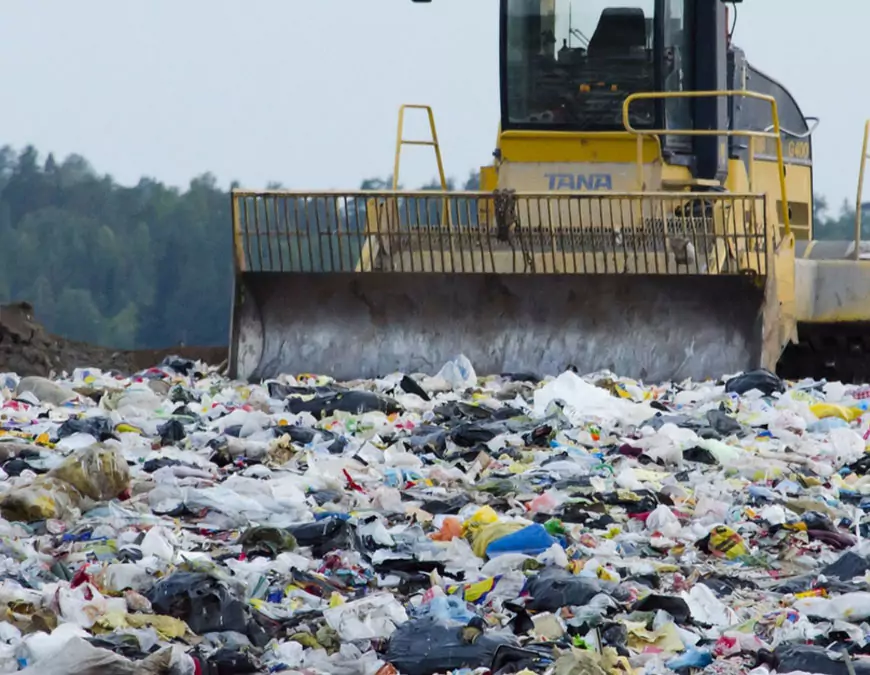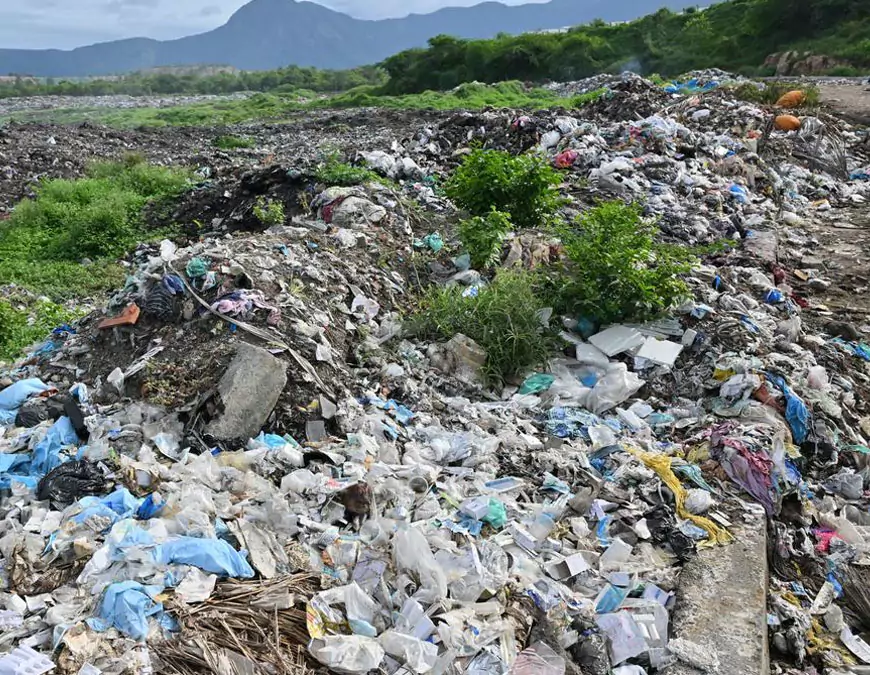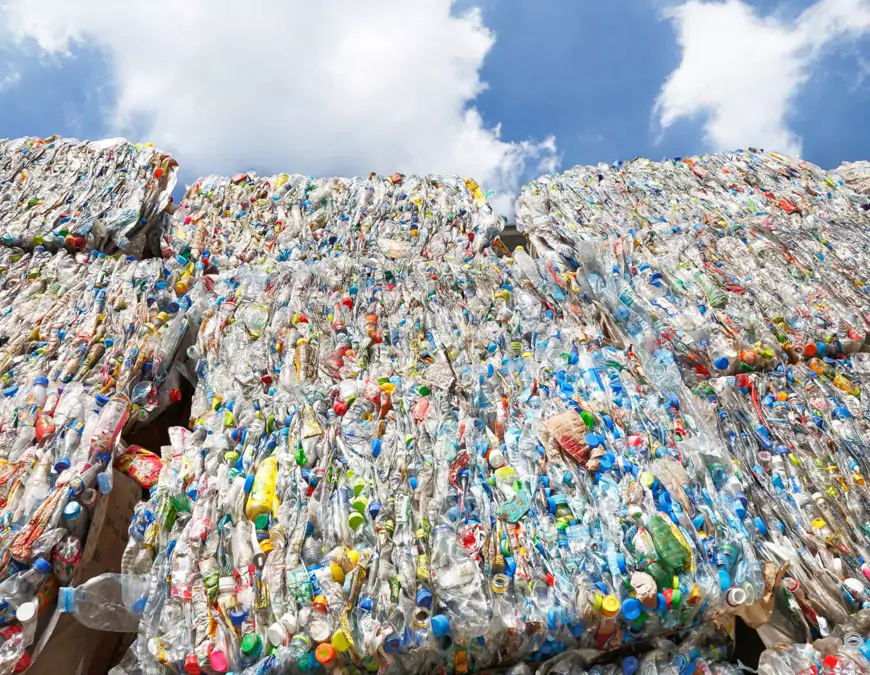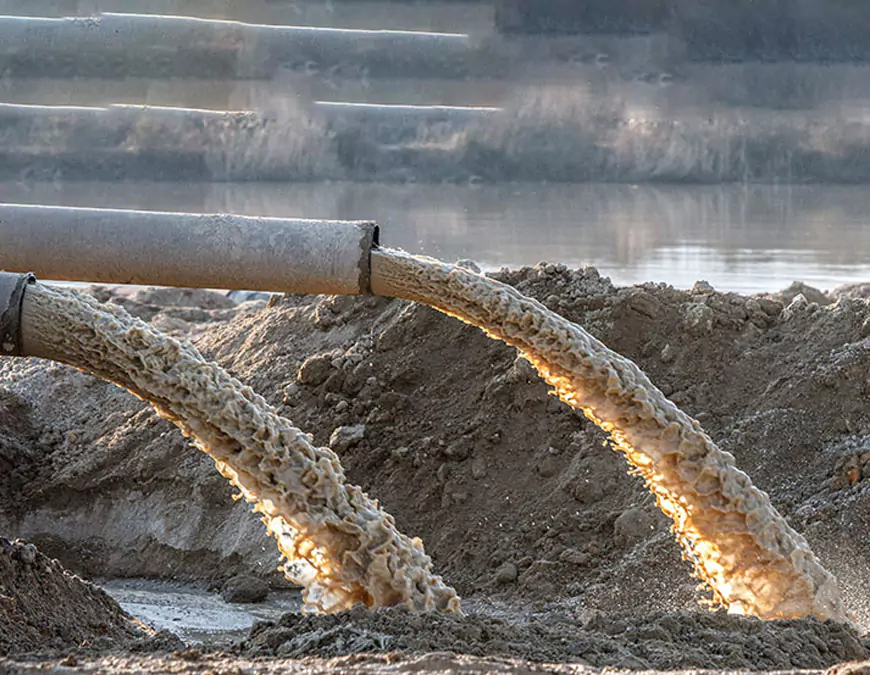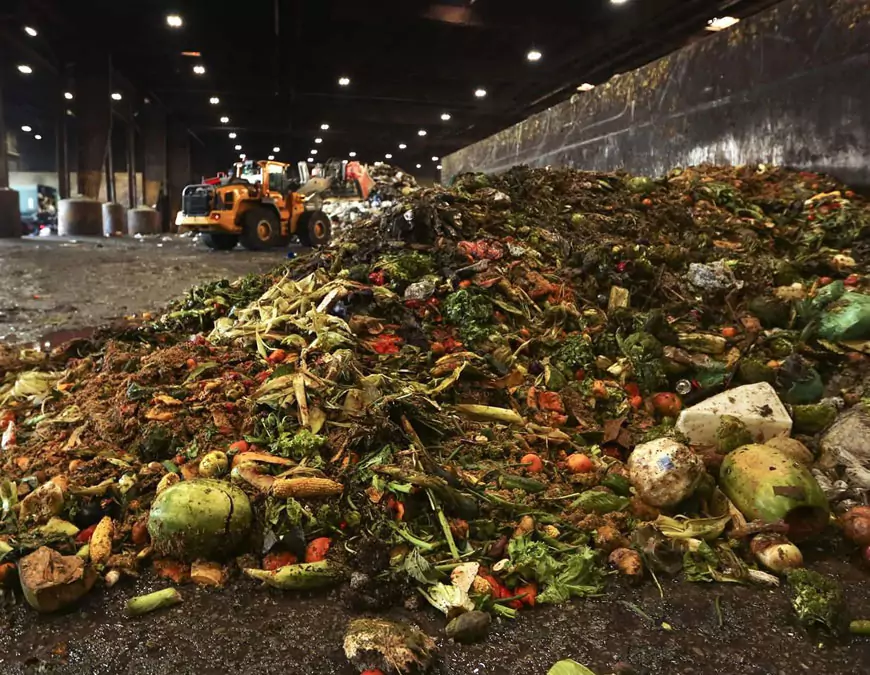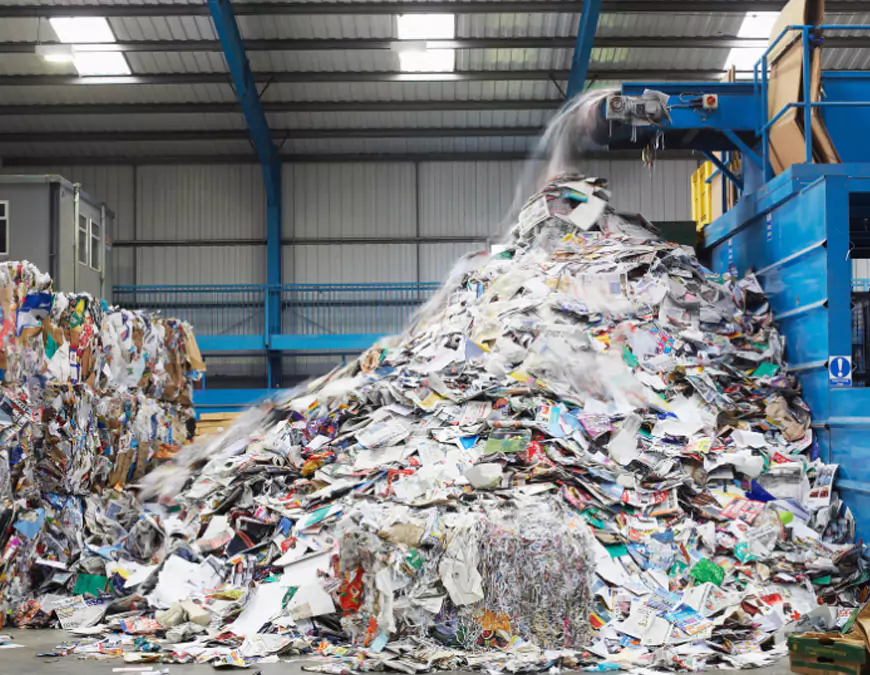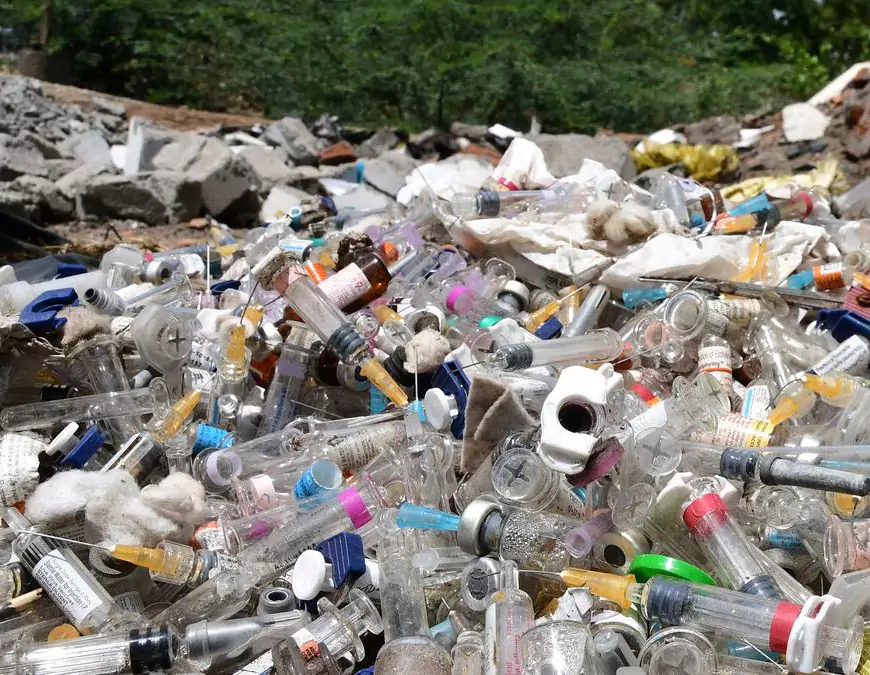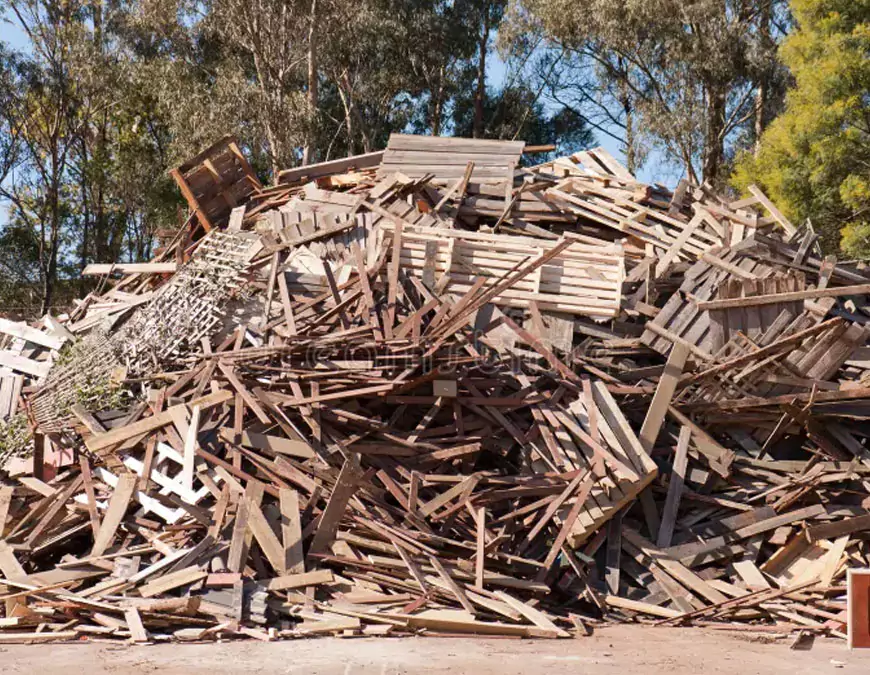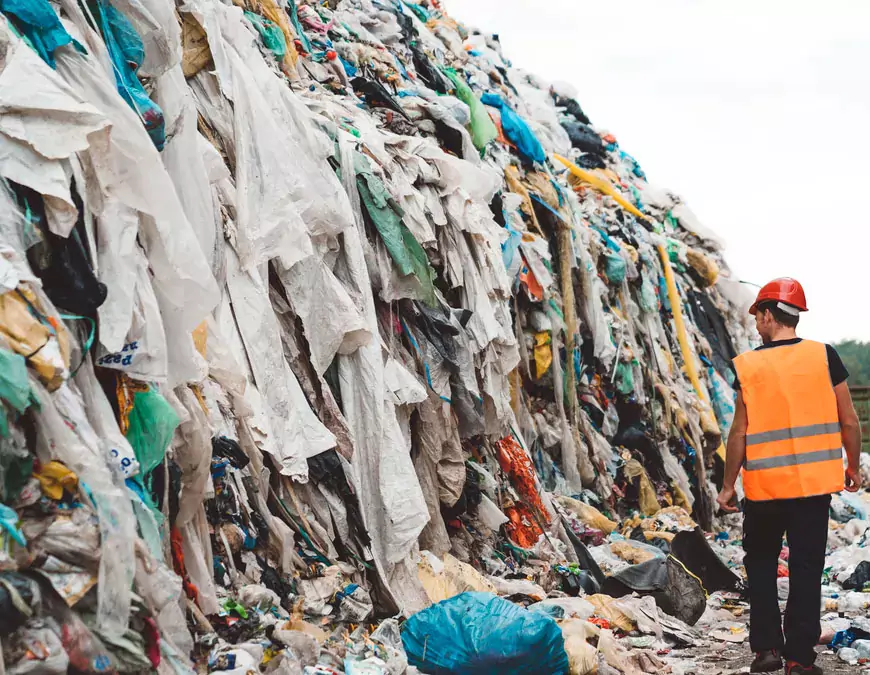Types of RDF Waste
- High Calorific RDF: Contains energy-rich materials like plastics and textiles; ideal for cement kilns and high-temperature incinerators.
- Low Calorific RDF: Includes mixed biodegradable materials; suitable for power plants designed for lower energy inputs.
- Sieved RDF: RDF refined by size to meet specific combustion and energy standards.
Importance of RDF Waste Management
- Environmental Benefits: Reduces landfill use, limits methane emissions, and prevents groundwater contamination.
- Energy Generation: Converts non-recyclable waste into electricity or heat.
- Waste Reduction: Repurposes non-recyclables into fuel, decreasing landfill burden.
- Economic Efficiency: Lowers disposal costs and provides a cost-effective energy source.
Key Components of RDF Waste Management
Shredding and Size Reduction
Using heavy-duty shredders like twin-shaft shredders to break down waste into uniform sizes for efficient processing.
Our Solutions to Manage RDF Waste
At Alfa Therm Limited, we provide complete RDF waste management solutions:
Benefits of Effective RDF Waste Management
- Reduced Environmental Impact: Decreases landfill overflow and lowers harmful emissions.
- Energy Production and Sustainability: Provides industries with a cleaner, renewable alternative to fossil fuels.
- Cost Efficiency: Cuts waste management costs and offsets energy expenses.
- Waste Minimization: Significantly reduces the volume of waste sent to landfills.
- Sustainability and Circular Economy: Promotes energy recovery and waste reuse, aligning with circular economy principles.
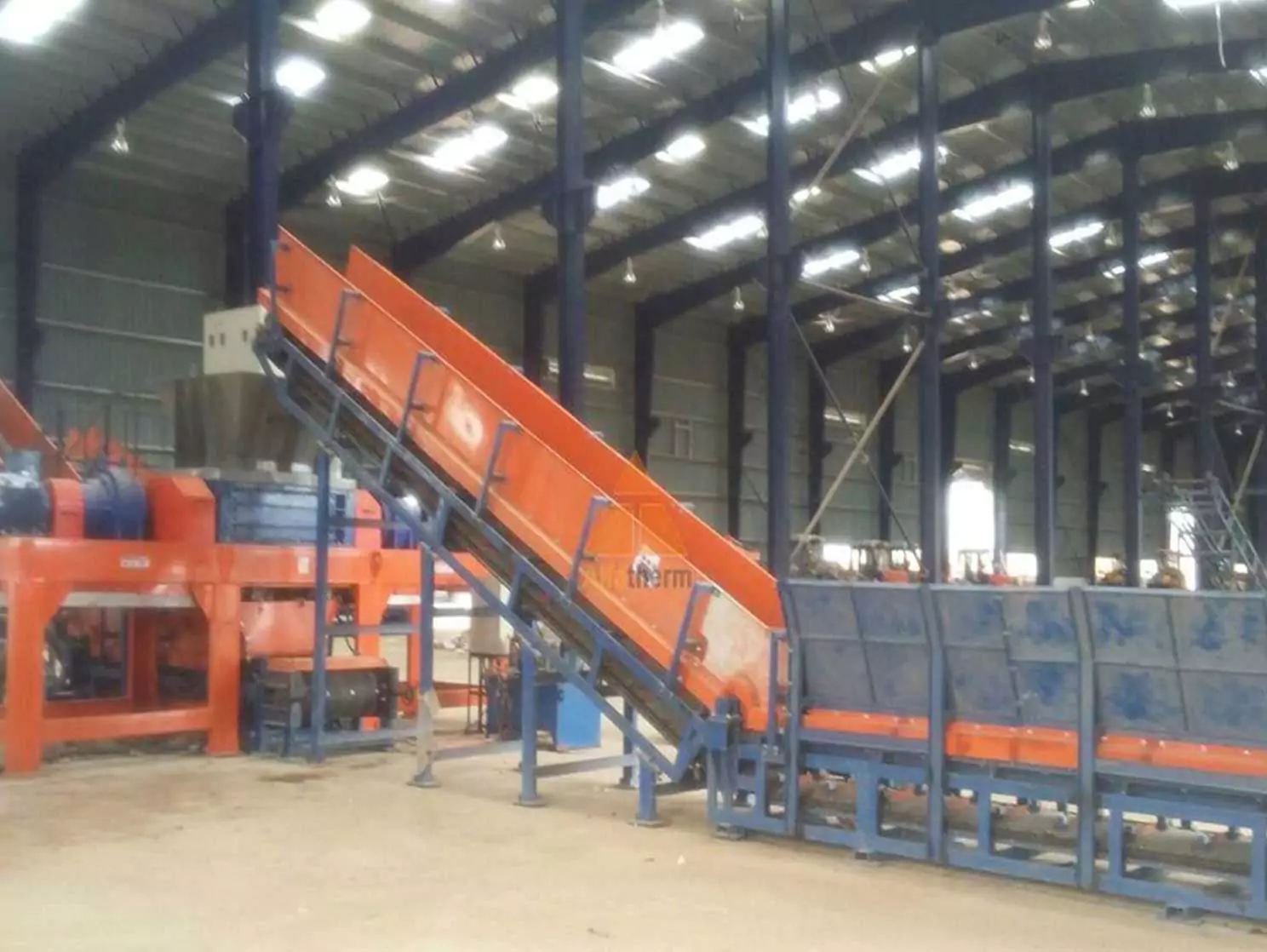
Discover other Waste
Struggling with Waste Management challenges?


